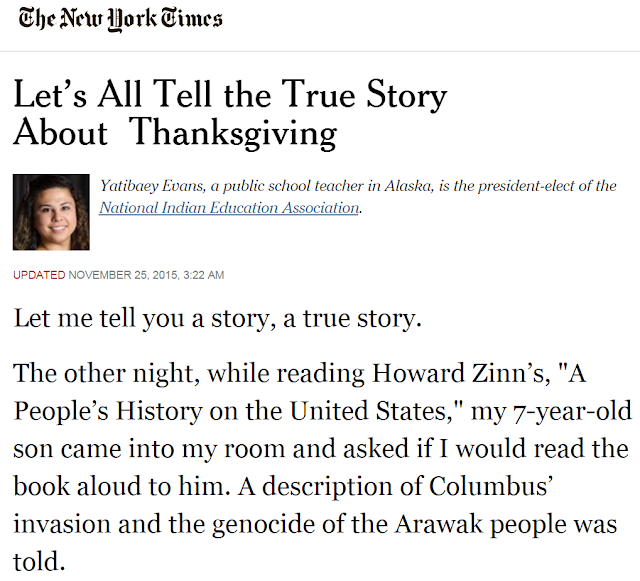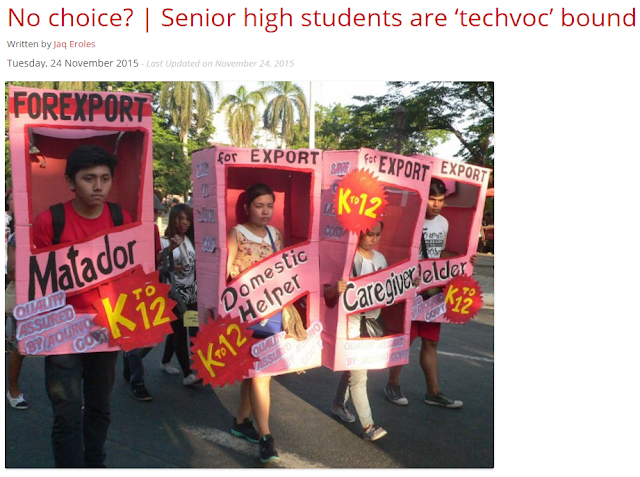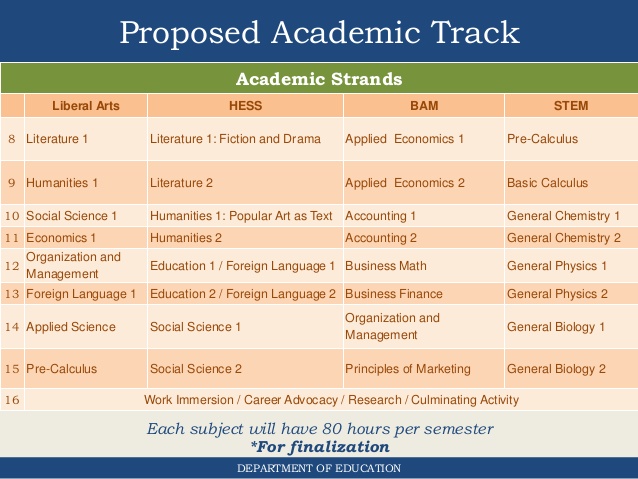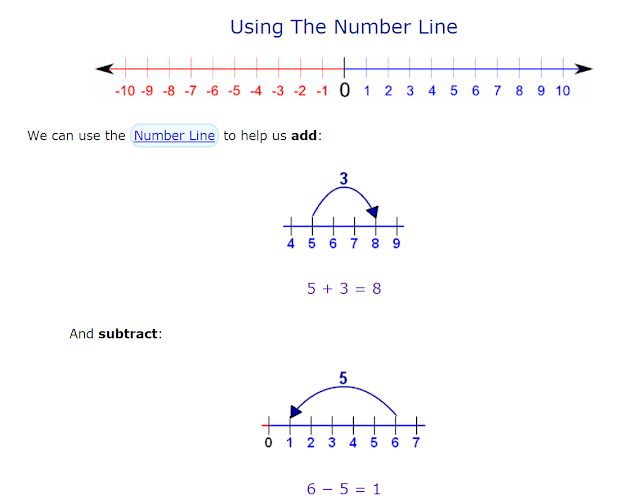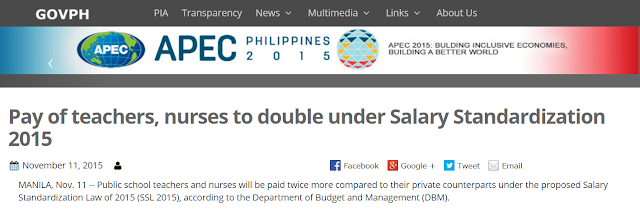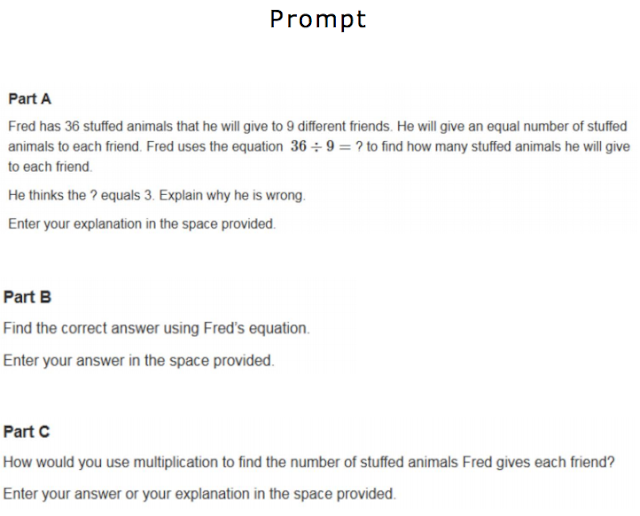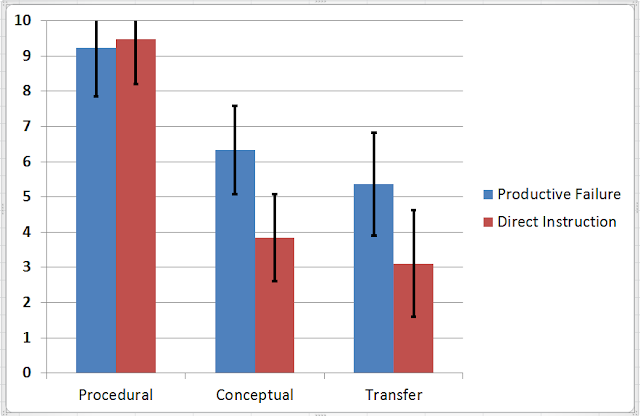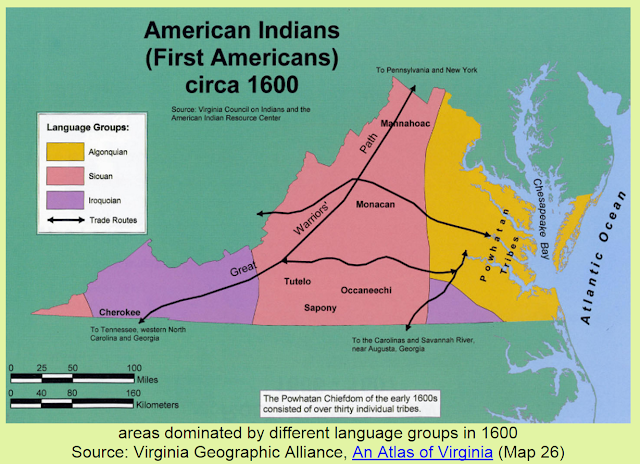Senior High School Years

Analyzing the additional years of DepEd's K to 12 requires careful attention to details. For instance, proponents of the new curriculum are always quick to cite that the Philippines is the last country in Asia and one of only three countries in the world with a 10-year pre-university program. Unfortunately, such statement does not cover what is truly missing in Philippine basic education and what other countries are really doing. Without this thoughtful consideration, DepEd's K to 12 manages only to address the number of years but not the real challenges Philippine basic education faces. Education programs can be uniformly classified using UNESCO’s International Standard Classification of Education (ISCED) . ISCED 2011 has nine levels of education, from level 0 to level 8: • ISCED 0: Early childhood education • ISCED 1: Primary education • ISCED 2: Lower secondary education • ISCED 3: Upper secondary education • ISCED 4: Post-secondary non-tertiary education • ISCED ...

